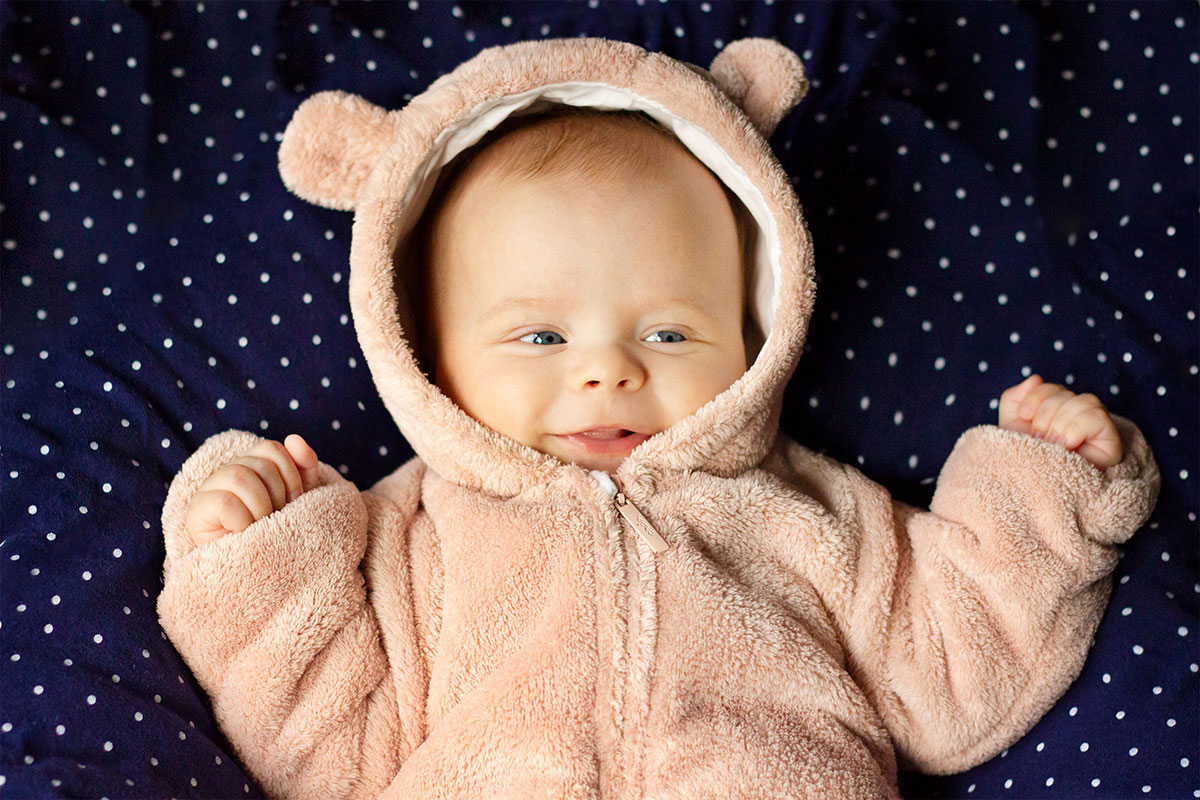
Dressing a baby in layers is a method recommended by many parents, allowing them to adapt their clothing to changing weather conditions. Layered clothing allows for easy adjustments to the amount of clothing needed depending on the temperature, which is especially important during transitional periods like spring and autumn.
Check out practical tips on how to dress your baby in layers to ensure comfort and adequate protection from the cold while avoiding overheating.
Why is dressing in layers important?
Dressing in layers is one of the most effective ways to ensure your baby is adequately protected from the cold while also preventing overheating. Newborns and infants have not yet fully developed thermoregulation, making them more susceptible to temperature changes. Too little clothing puts a child at risk of hypothermia, while too much clothing puts them at risk of overheating. Dressing in layers helps balance these two needs.
In practice, layering simply means composing your baby's entire outfit from multiple layers that can be added or removed as needed.
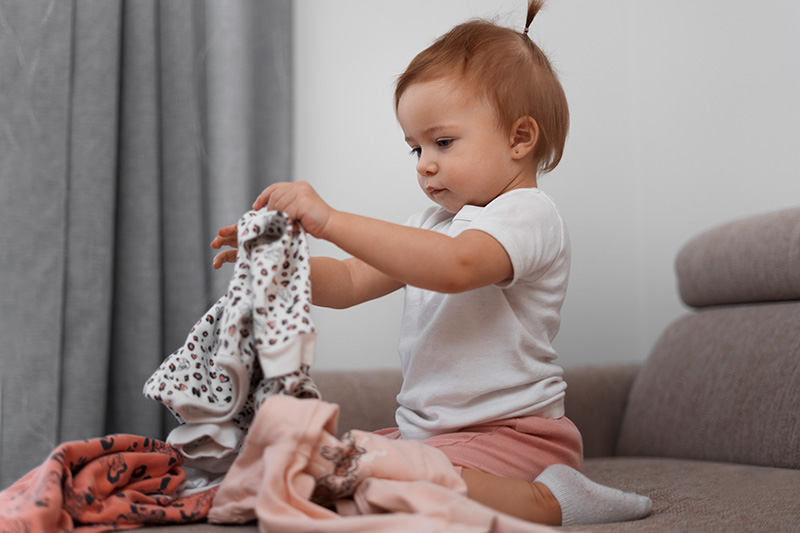
What materials should you choose for layering?
When dressing in layers, it's worth choosing natural materials like cotton, merino wool, or bamboo . These are breathable fabrics that help maintain a comfortable body temperature while minimizing the risk of overheating and allergies. It's also important to ensure that the individual layers aren't too tight . This will trap warm air between the layers, which is crucial when dressing in colder months.
What wardrobe items are essential?
Basic clothing items to keep in mind when dressing your baby in layers include:
- Bodysuit – as a first layer, preferably with long sleeves on colder days or short sleeves on warmer days.
- T-shirt - short or long sleeve - for older babies
- Shorts or leggings - depending on the weather - leggings can be worn as a base layer
- A sleepsuit or romper – for babies who sleep in bed – is comfortable and easy to put on. You can also choose rompers with additional insulation, such as wool.
- Baby sweater or sweatshirt – an extra layer that can be easily removed when needed.
- Overalls or jacket – for colder days or during the winter.
- Hat and gloves – important, especially when the temperature outside drops.
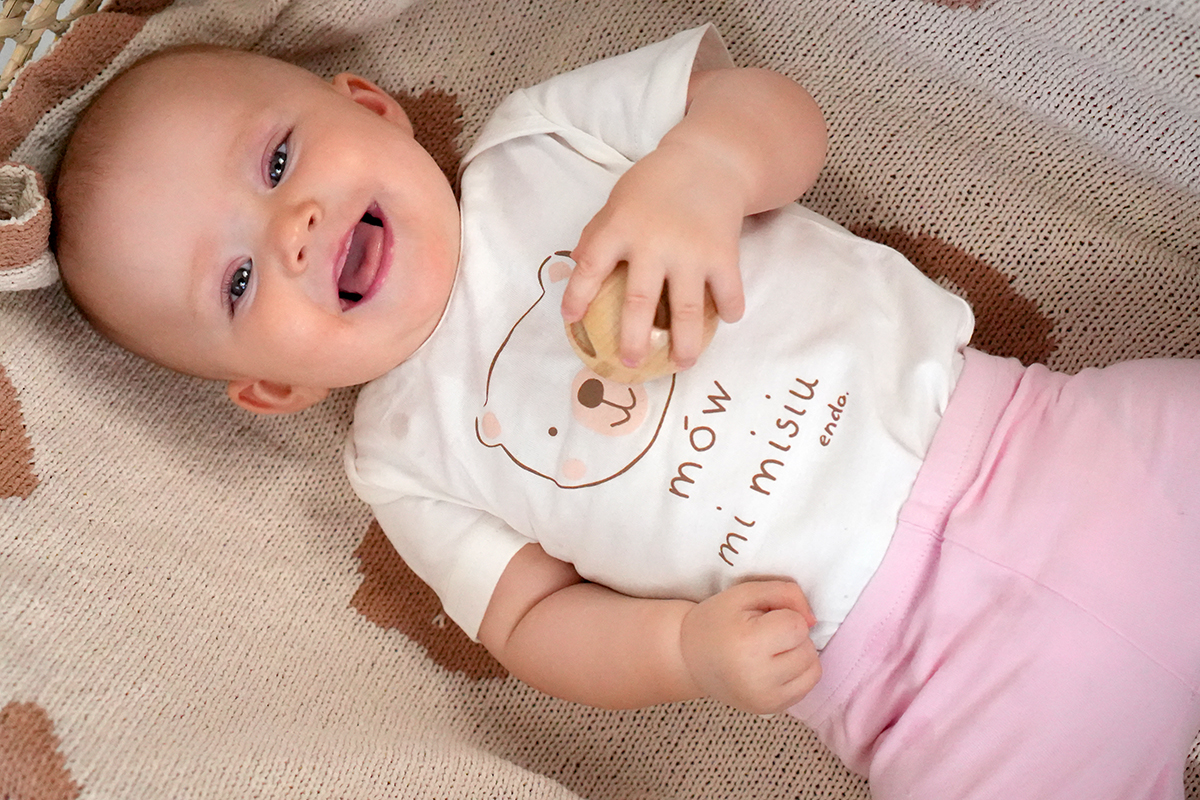
How to properly dress a baby in layers for different seasons?
Dressing a baby in layers allows you to effectively adapt to changing weather conditions throughout the year. A key element of this method is using several layers of clothing that can be easily removed or added depending on the temperature. When choosing clothing, it's also worth considering the fastening method of each layer, which will make changing your baby easier, as well as the simplicity of the design – choose clothes without unnecessary decorations that won't bother your little one. For babies, especially those who lie down, tops that fasten at the crotch are practical, such as bodysuits, rompers, and playsuits. This fastening prevents the clothing from shifting and will not bother the baby .

Dressing your baby in layers for spring and fall
Spring and autumn are seasons characterized by large temperature fluctuations, so it is worth preparing several layers:
- First layer : a thin, long-sleeved bodysuit that allows the skin to breathe.
- Second layer : romper or sleepsuit, optionally a thin long-sleeved T-shirt and warm tights or leggings.
- Third layer : a thin sweater or sweatshirt, preferably made of a material that is easy to take off, and comfortable cotton shorts.
- Outer layer : a transitional jacket that will protect against wind and light rain.
- Accessories : a light hat and possibly thin gloves, depending on the weather.
Check out: Autumn clothes for babies – which ones to choose?
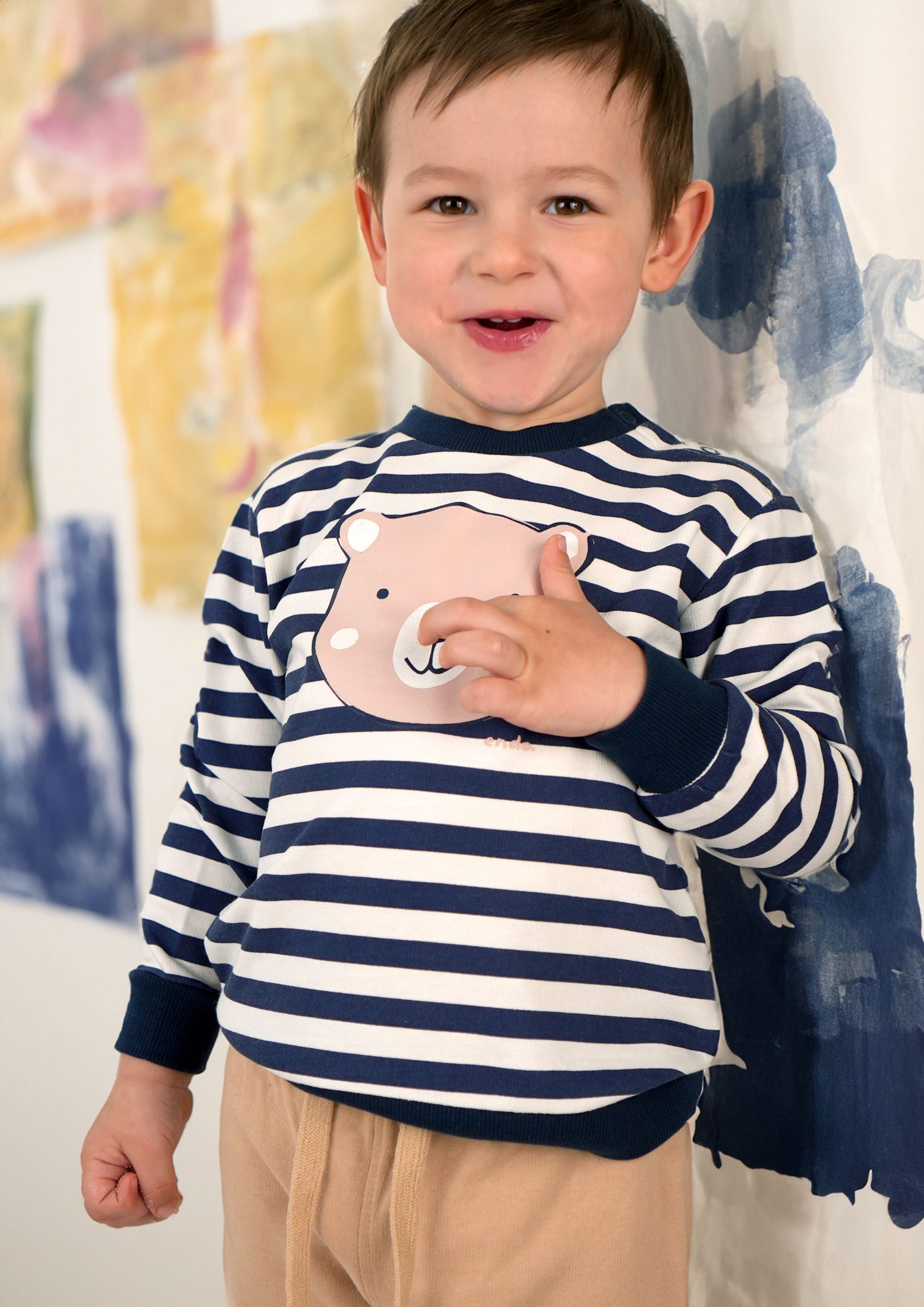
Dressing a baby in layers in winter
In winter, dressing in layers requires adding a few warmer layers:
- First layer : long-sleeved bodysuit made of merino wool or cotton.
- Second layer : romper, preferably insulated.
- Third layer : a thicker sweater or fleece for extra warmth and thicker cotton sweatpants.
- Fourth layer : winter suit, protecting against wind and cold.
- Accessories : a warm hat, gloves and a neck warmer that will protect the child's neck.
- Blanket for the crib
Check out: How to dress a baby in winter – at home, for a walk, for sleep?
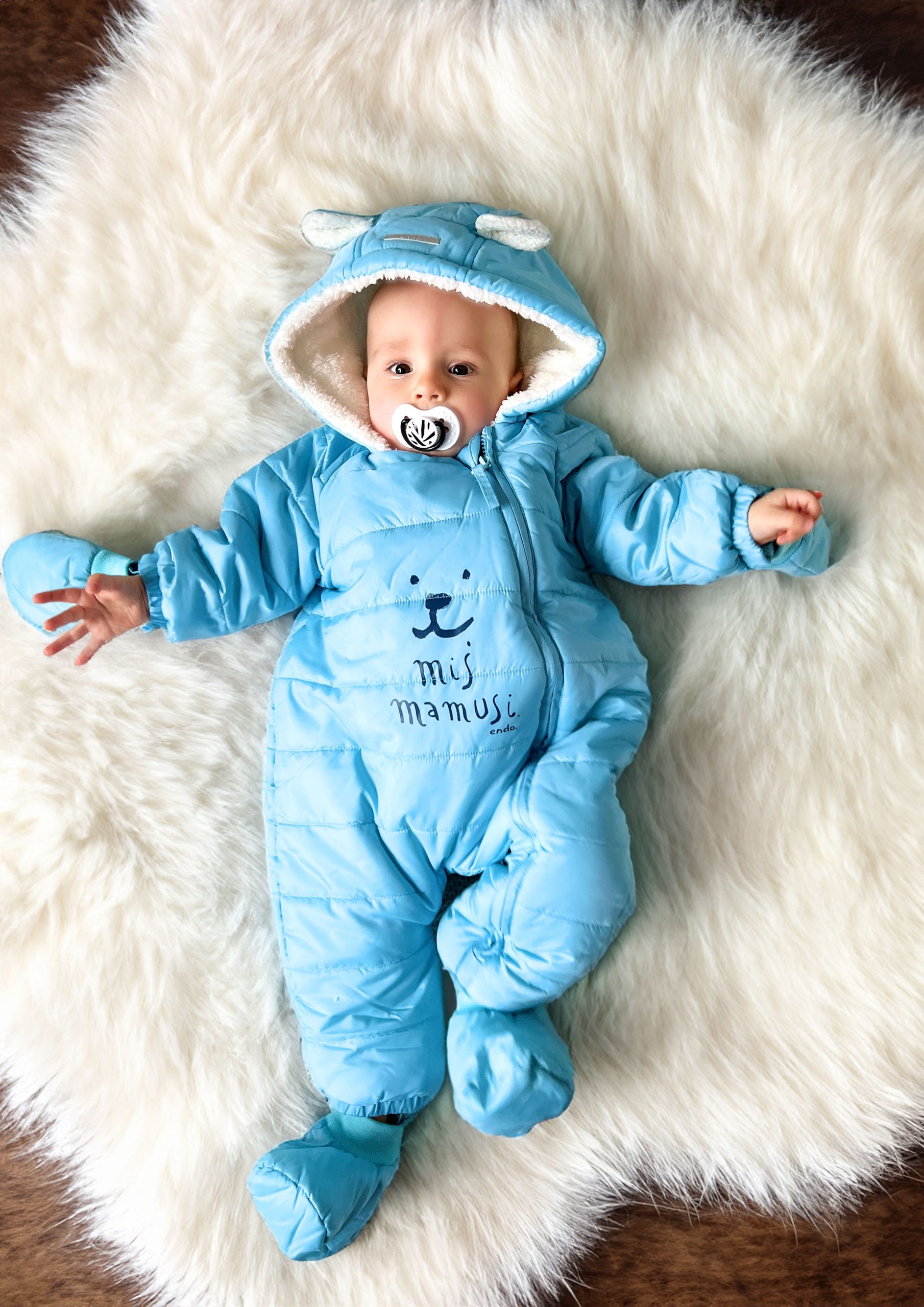
Dressing your baby in layers in summer
Summer is a time when layers should be limited, but it is still worth having a few thin wardrobe items:
- First layer : lightweight bodysuit with short sleeves or sleeveless.
- Second layer : summer shorts or leggings
- Third layer: Lightweight zip-up sweatshirt or summer sweater
- Accessories : a hat or cap to protect against the sun and, optionally, a thin blanket to cover the baby with if necessary.
- In summer, it is also worth taking care of an additional protective layer of the skin, i.e. sunscreen.
Check out: What summer clothes should a baby wear?
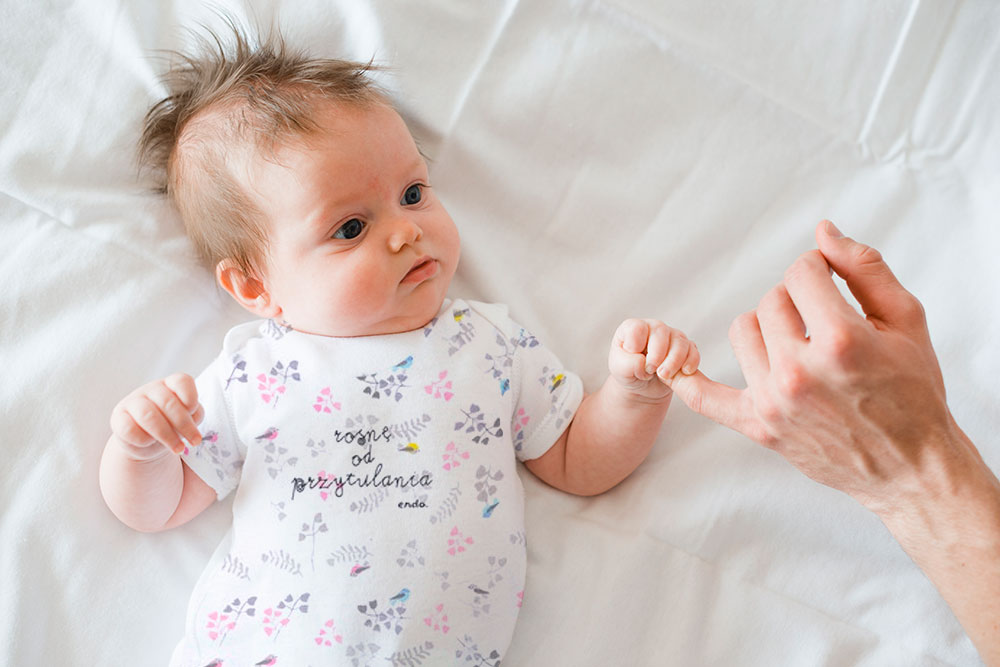
Practical tips on how to check if your child is dressed appropriately
When wondering whether your baby is dressed appropriately, you can use a few simple methods :
Touch the baby's neck
If it's warm and dry, your baby is well dressed. If it's sweaty, it's a sign that it's too warm.
Pay attention to your hands and feet
Cold hands and feet do not necessarily mean that your child is cold, but they are worth paying attention to.
Observe your child's behavior
If your baby is restless, it may be a sign that he or she is uncomfortable, too hot, or too cold.
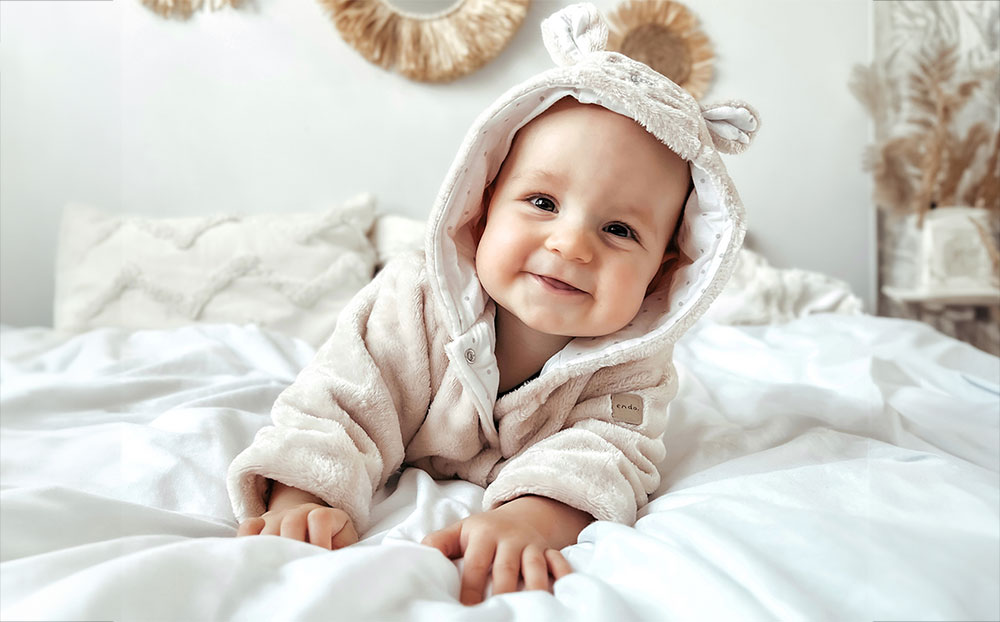
What mistakes should you avoid when dressing your baby in layers?
When dressing your baby in layers, it is worth avoiding the most common mistakes :
- Too many layers – too much clothing can lead to overheating, which is just as dangerous as hypothermia.
- Clothes are too tight - provide your little one with loose clothing that won't restrict his or her movements.
- Inappropriate materials – synthetic materials can irritate the skin and hinder moisture wicking.
- Inappropriate accessories – e.g. a hat that is too thick or gloves that are too tight – can cause discomfort.
Dressing a baby in layers is a proven and practical method that helps ensure thermal comfort in changing weather conditions. The key is choosing the right materials and monitoring the baby's body temperature to avoid both overheating and hypothermia. By dressing in layers, parents have greater control over their child's comfort and can quickly adjust the amount of clothing needed as needed.
Remember that every child is different, so it is worth paying attention to their individual needs and reactions.
Check out our inspirations
Cotton baby clothes perfect for every season can be found at Endo.pl


Podziel się:
Portraits of forest animals made from egg cartons
DIY Advent Calendar - An idea for family activities while waiting for Christmas